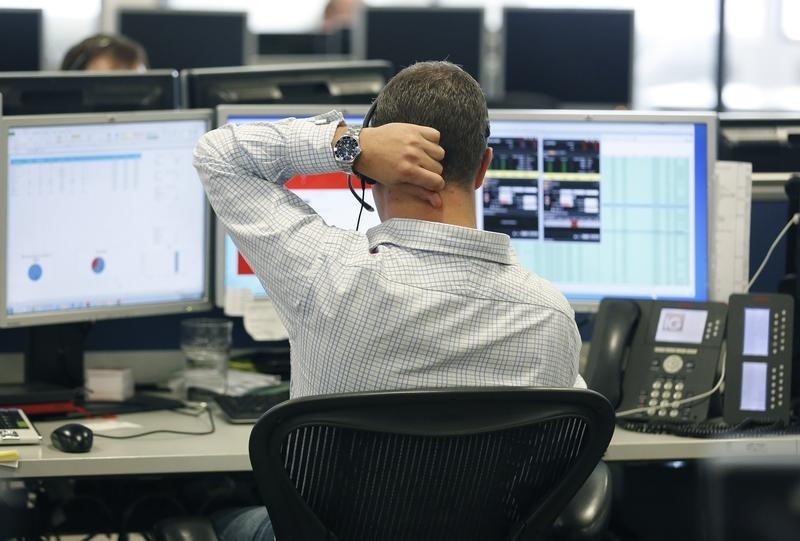SoftBank Group Q2 profit blows past expectations; sells Nvidia stake for $5.8 bln
Recent trends for Eastern Europe, Middle East, and Africa (EEMEA) equities suggest robust inflows in February for the first time since the U.S. elections.
Bank of America (BofA) attributes this shift to the U.S. dollar retreating from its year-to-date peak, spurring a change in investor sentiment despite ongoing uncertainties and risks. BofA’s current outlook on emerging markets (EM) remains conservative, particularly for EEMEA currencies.
Poland and Hungary are leading the EEMEA markets, buoyed by strong price/earnings per share (EPS) momentum, dividends, and potential for positioning upside. Greece has notably improved, moving from the bottom of BofA’s screen in January to the top three in February, while Saudi Arabia has declined due to worsening price momentum.
Türkiye stands out as the cheapest market based on various valuation metrics, although it still has the highest equity risk premium in the region. Conversely, Egypt boasts the highest return on equity across all emerging markets, followed by Hungary and Brazil.
The top-20 EEMEA market screen, which is a composite of six quantitative screens, showcases a diverse array of nine markets and seven sectors, with a notable presence of financial names. South Africa has the most representation with five names.
The bottom-20 ranking is similarly varied across eight sectors, with Saudi Arabia having the most names listed. Turkcell (IS:TCELL), Turk Telekom (IS:TTKOM), and PKO BP (NYSE:BP) are among the highest-ranked companies.
After four months of consistent outflows, the EEMEA region has seen a shift with robust inflows reported across nearly all markets, according to the latest weekly data. While Turkiye experienced minimal outflows, it remains an exception in the region.
Overall, investor positioning is approaching neutral and has shown improvement relative to the recent past. Investors have increased their positions in Turkiye the most, while reducing exposure to South Africa.
Hungary and South Africa are slightly overweight in portfolios, whereas Saudi Arabia remains the main underweight both regionally and globally.
This article was generated with the support of AI and reviewed by an editor. For more information see our T&C.
